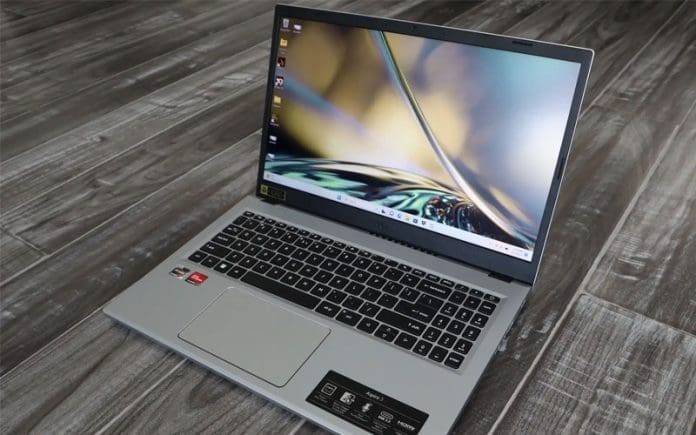In the fast-paced world of technology, choosing the right laptop can be a daunting task. With an overwhelming array of options available, it’s essential to narrow down your choices based on your specific needs and preferences. Whether you’re a student, professional, or casual user, this guide will provide you with valuable tips to help you make an informed decision when selecting the perfect laptop.
- Define Your Purpose:
Before delving into the sea of laptops, identify your primary use. Are you a student who needs a portable device for note-taking and research? Are you a graphic designer in search of a powerhouse for creative tasks? Knowing your purpose will guide you towards the right specifications and features tailored to your needs.
- Consider Portability:
Laptops come in various sizes and weights, ranging from ultrabooks to gaming behemoths. If you’re constantly on the go, opt for a lightweight and slim model with a long battery life. On the other hand, if your laptop will stay mostly stationary, you might prioritize performance over portability.
- Performance Matters:
Evaluate the laptop’s performance based on your intended use. For basic tasks like web browsing and document editing, a laptop with an Intel Core i5 or equivalent AMD processor and 8GB of RAM should suffice. If you’re into resource-intensive tasks like video editing or gaming, consider more powerful processors and higher RAM.
- Storage Options:
Choose between Solid State Drives (SSD) and Hard Disk Drives (HDD). SSDs provide faster data access and are more durable but might be pricier for higher capacities. HDDs offer more storage space for the money but are slower. Some laptops even come with a combination of both, providing the best of both worlds.
- Graphics Capability:
If you’re into gaming, graphic design, or video editing, pay attention to the laptop’s GPU (Graphics Processing Unit). Dedicated GPUs from NVIDIA or AMD will significantly enhance performance for graphics-intensive tasks. For general use, integrated graphics might be sufficient.
- Display Quality:
The laptop’s display is your primary interface, so choose wisely. Look for features like resolution, color accuracy, and brightness. For creative professionals, an IPS panel with a wide color gamut is crucial. Gamers might prioritize high refresh rates, while casual users may be content with standard displays.
- Keyboard and Touchpad:
If you’ll be typing for extended periods, a comfortable keyboard is essential. Consider the key travel, tactile feedback, and backlighting options. The touchpad should be responsive and accurate. Some users might also prefer laptops with touchscreens for added versatility.
- Connectivity:
Check the available ports on the laptop. USB Type-C, HDMI, Thunderbolt, and an SD card slot can be valuable depending on your needs. Additionally, ensure the laptop has the necessary wireless capabilities, such as Wi-Fi 6 and Bluetooth.
- Operating System:
Choose an operating system that aligns with your preferences and requirements. Windows is versatile and widely used, while macOS is known for its stability and design. Chromebooks are lightweight and affordable but rely heavily on internet connectivity.
- Budget Considerations:
Finally, set a realistic budget based on your requirements. There’s a wide range of laptops available at various price points, so find the balance between features and cost that suits your needs.
Conclusion:
Choosing the right laptop is a personalized process that involves considering your unique requirements and preferences. By defining your purpose, prioritizing features, and staying within your budget, you can confidently navigate the laptop market and find the perfect device to enhance your computing experience.






